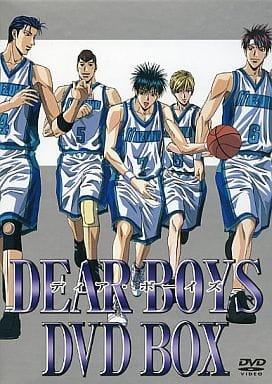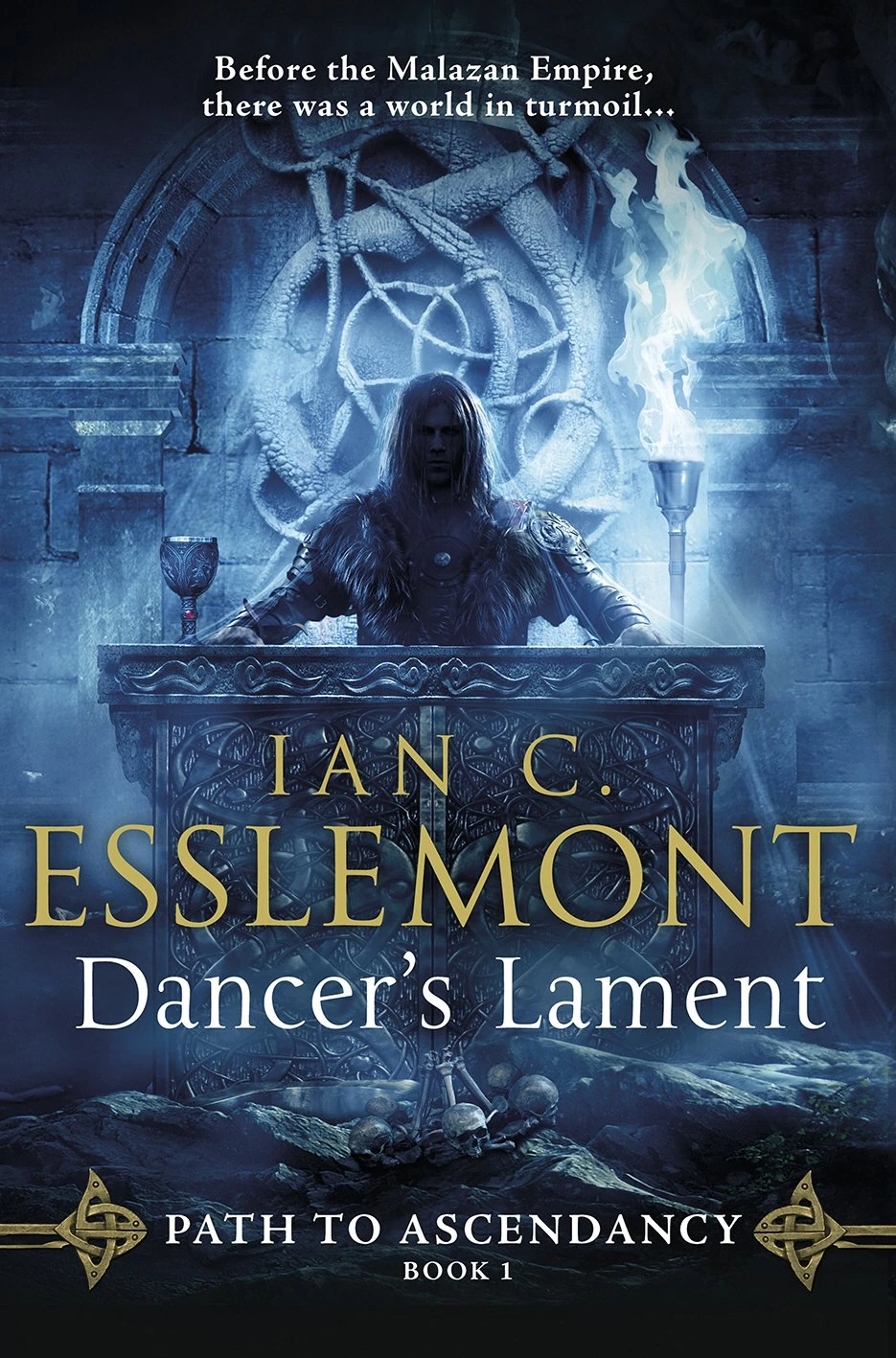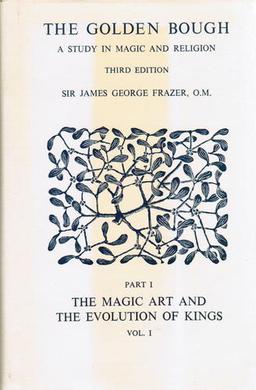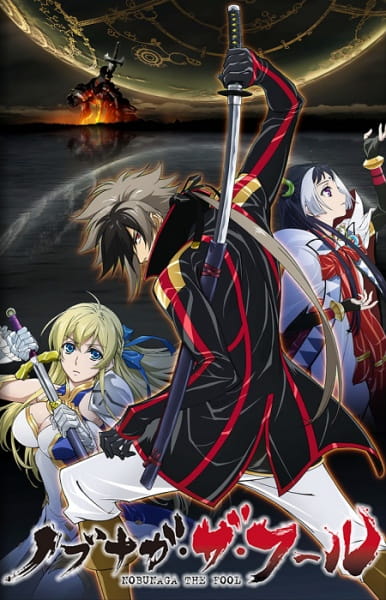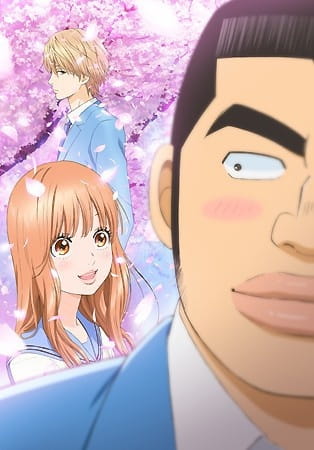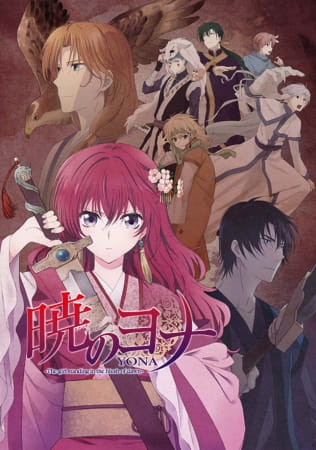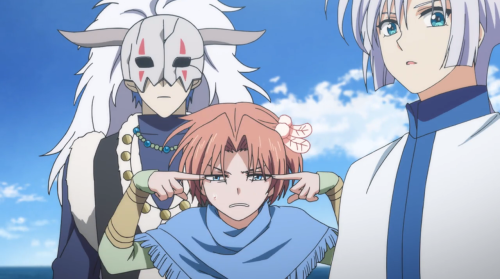The Mizuho High School men's basketball team was non-existent when Aikawa Kazuhiko transfered from Tendouji High. Mizuho had only four members in the team after the previous coach left when he was attacked by one of the players, Fujiwara Takumi. The team was banned from competing in any tournament for a year as a consequence.
Aikawa's persistence gave hope to the four remaining players Fujiwara, Miura Ranmanru, Ishii Tsutomu and Dobashi Kenji. They would have to face opposition from school officials however who are wary of another embarrassing incident. But Aikawa was not just a good player. He was rumored to be a genius and can jump higher than most people. Perhaps there is hope yet to redeem the basketball club's image.
Mizuho boys' basketball team would have to overcome personal issues, face confrontations from hurt upperclassmen and most especially endure the ridicule of other teams. Mizuho now has five players but they are inexperienced, undermanned and untrained. They want a shot at the national tournaments but the journey is far more difficult than they anticipated.
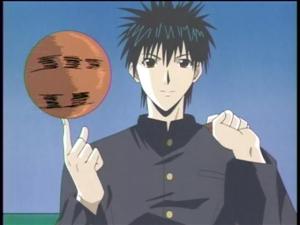 |
| Aikawa Kazuhiko transfers to Mizuho High School |
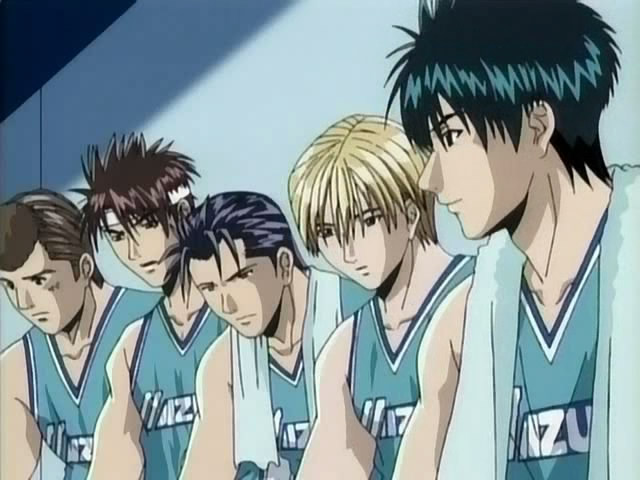 |
| From left: Dobashi Kenji, Ishii Tsutomu, Fujiwara Takumi, Miura Ranmaru and Aikawa Kazuhiko |
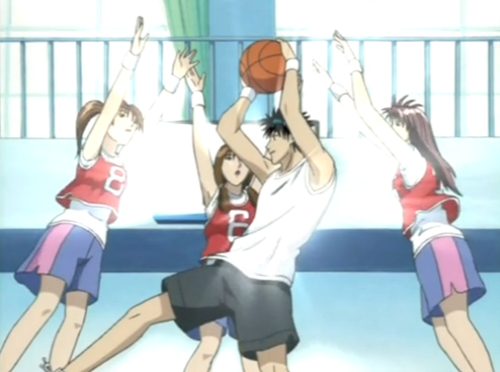 |
| The Mizuho boys' basketball team trains with the girls' team |
For most sports anime, going to the national tournament is the foremost goal. Dear Boys has a different problem at the outset---they don't have a team. This 26-episode series focuses on Mizuho High School's boys' basketball team's struggle to understand themselves and the new team. A promising player in Aikawa comes to their rescue but even with such a player, a five-man team sounds ridiculous. The story now shifts from personal issues among members to consequences of a physically-taxing mission. Talented as they are, they always have that one weakness that other teams will exploit.
There is also some hint at romance in this series. Most sports anime I've seen so far do not emphasize the role of females especially if the series is about a male sports team. Consequently, there's little focus on romance. If you want a little variety, you might enjoy this distraction. Furthermore, Mizuho's girls' basketball team is also given importance, something you don't see often.
The animation isn't among the best. Some angles look off especially during matches. There are also instances that make you question the mangaka's knowledge of basketball.
Some matches take a few episodes to complete. There were match-ups that could have been shortened though. The drama in every match is almost predictable as well.
The story is still something to look forward to however. After all, who wouldn't want to know the fate of a five-man basketball team trying to get to the nationals?
Rating: 6.5 out of 10

